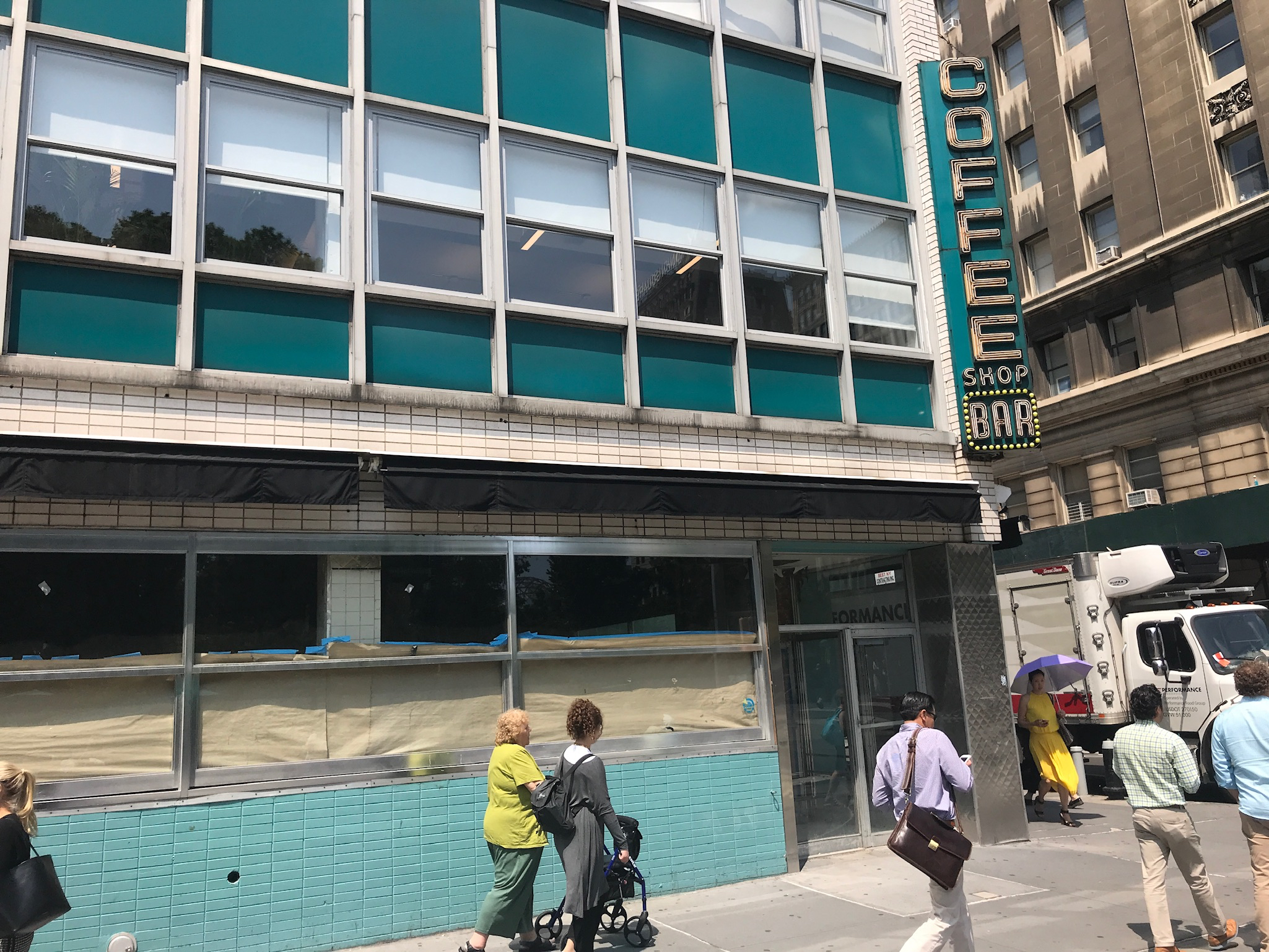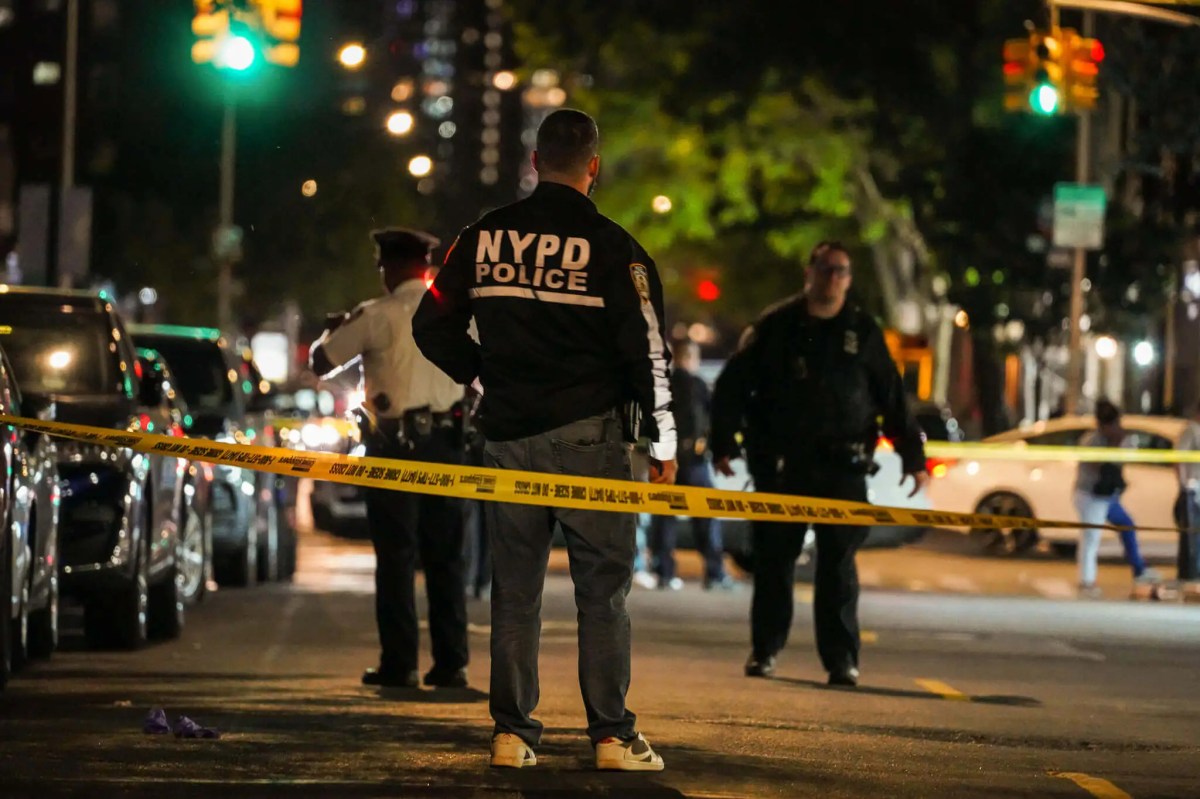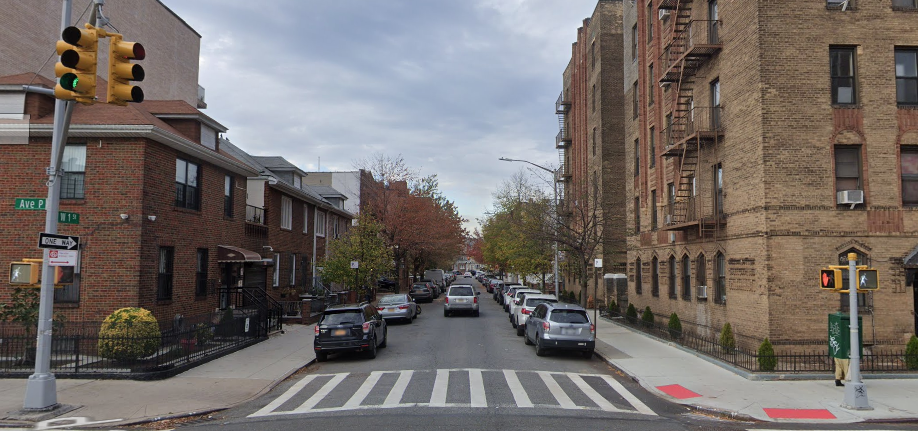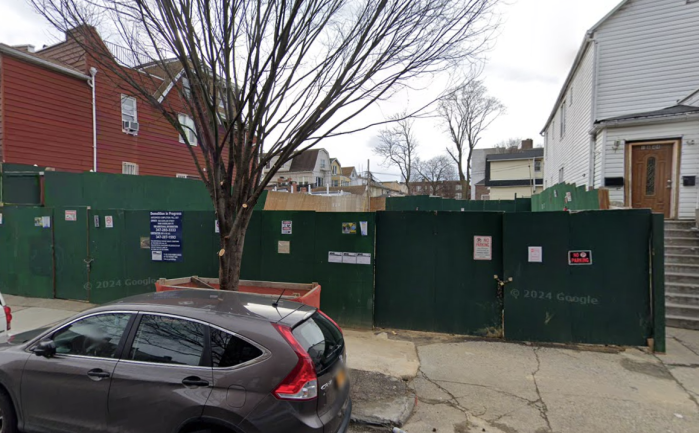
BY GABE HERMAN | As retail vacancies have remained an ongoing problem in Lower Manhattan neighborhoods, Comptroller Scott Stringer has released a citywide report showing the broader scope of the problem, including empty retail space having doubled in the last decade.
The report found that since 2007, the city’s vacancy rate rose from 4 percent to 5.8 percent, and that vacant retail space increased by 5.2 million square feet.
While the neighborhoods with the top vacancy rates were in the outer boroughs, the report listed several Manhattan areas with top vacancies when measured by square footage.
This included Chelsea South at number eight on the list, with 254,552 vacant square feet, and Greenwich Village/Soho at number seven with 265,230 square feet of empty space.
“New Yorkers have all seen the signs of our changing economy in the last decade, as vacant storefronts have become all too common and neighborhood institutions have fallen by the wayside,” said Stringer when the report was released in late September. “Our report shows the phenomenon of retail vacancies from one end of the city to the other.

Stringer’s report outlined three key causes of retail vacancies. The rise of internet shopping has taken away business and caused retail to shift away from selling goods and toward services, including restaurants and bars, the report said.
The report also found regulatory hurdles, including delays in businesses being able to get liquor licenses and delays in alteration permits from the Department of Buildings.
Another cause cited was rising rents. The report found that rents rose an average of 22 percent citywide from 2007 to 2017, and singled out Soho as a more severe example, where rents doubled during that time.
Rents did fall in some areas, however, including in the Financial District, the report found.
Mark Dicus, executive director of the SoHo Broadway Initiative, said that Soho rents actually peaked three or four years ago and have been coming down. He said high rents can be adjusted based on market demand.
“I think that’s the easiest thing to fix,” he said.
Dicus agreed with problems caused by liquor license delays for businesses.
“That timeline makes it difficult,” he said, and added that there is a demand for more places to eat in the area, especially with so many workers looking for a lunch spot.
There has certainly been a big move to more online shopping, Dicus said.
“I think you’re seeing a fundamental shift in retail,” he noted. Some larger brands have consolidated or moved away from brick and mortar stores, Dicus said. “A lot of retailers are rethinking how much space they need,” he added.
Stringer’s report said that solutions to retail vacancy should include addressing regulatory delays with a “multi-agency task force” that would be a single place to help new businesses with navigating regulation requirements. Another proposal was lowering costs by giving tax credits to independent retailers in areas with high vacancy rates.



































